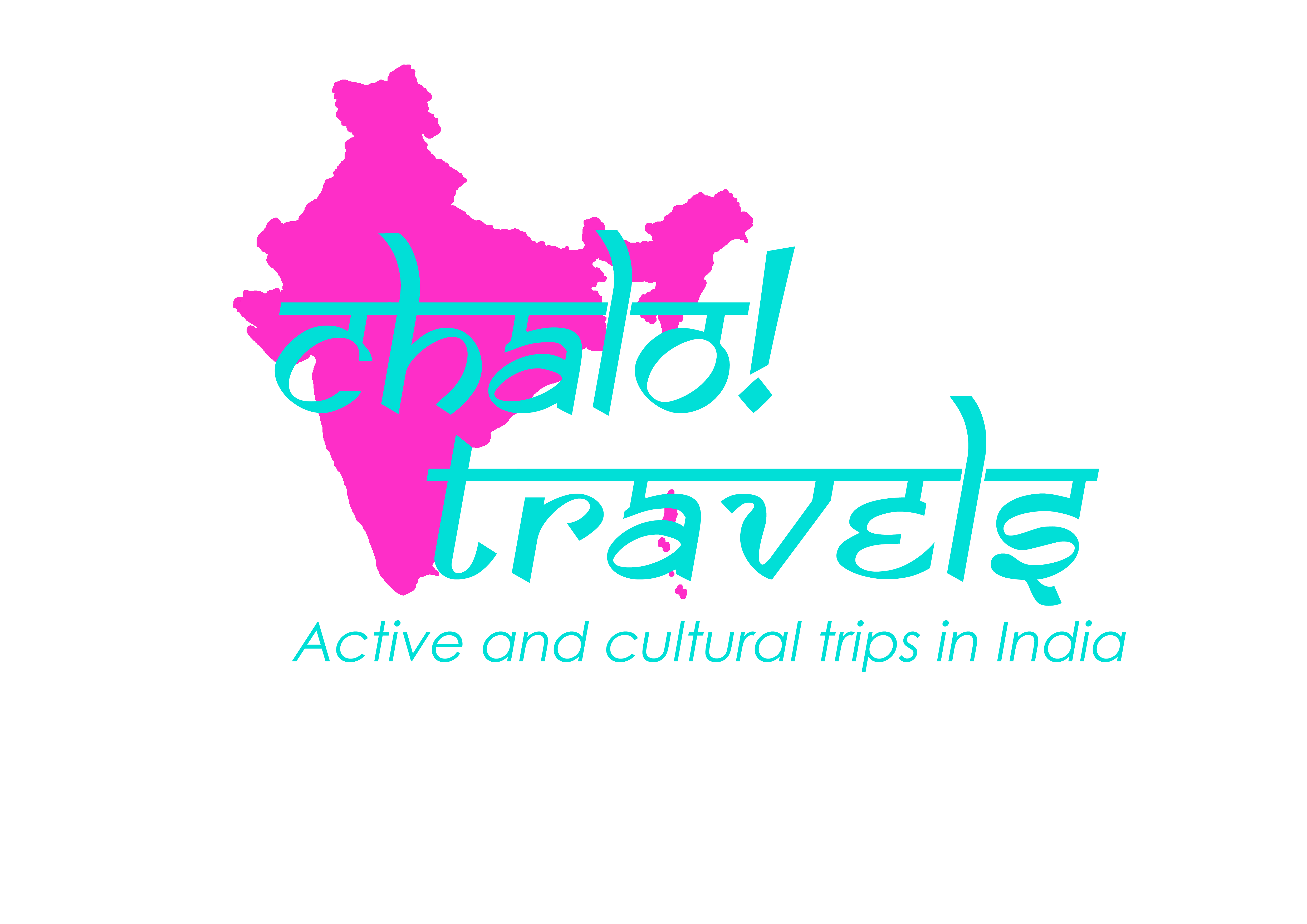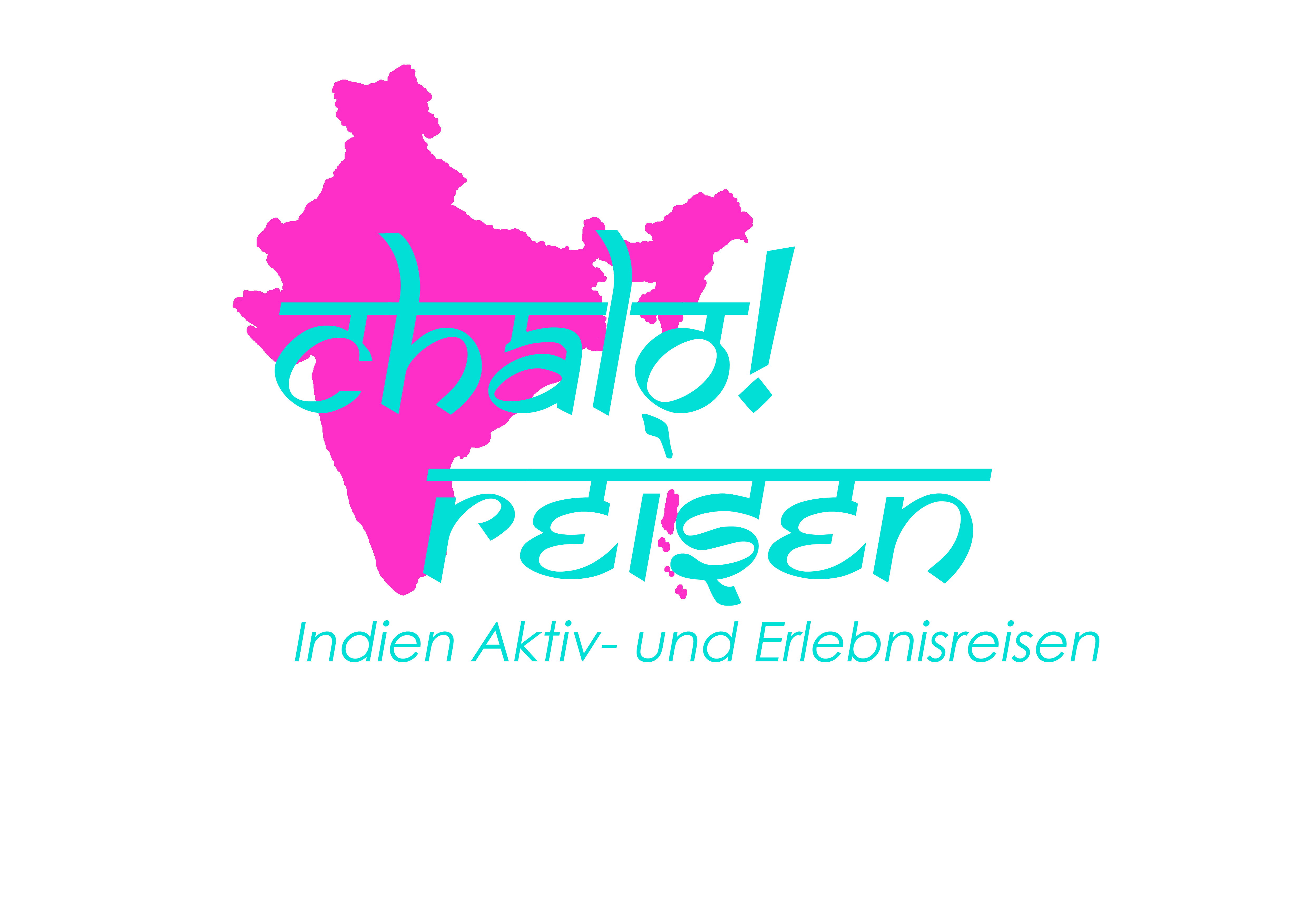
If you travel to Kerala, you not only have the opportunity to attend an impressive Kalari (Indian martial arts) show, but you can even learn this sport in an ashram.
In the following guest article by Raphael Gorschlüter you can learn more about Kalari and that it is much more than just a martial art!

Kalari
Kalaripayattu (short: Kalari) is considered to be the origin of martial arts. The Kalari system has its origins in southern India and includes not only the martial art Kalaripayattu but also the Kalari Chikitsa, a healing system. Both are based on the knowledge of Marmas and Nadis.

The Kalari System – Martial Arts and Healing System
The Marma-Nadi system is a millennia-old system of energy points (Marmas) and energy pathways (Nadis) of the fine and coarse body. The knowledge of Marmas and Nadis is already mentioned and systematically described in the oldest Indian traditions.
Every art based on this system makes individual use of knowledge. In Kalaripayattu, the martial arts, for example, marmas of the opponent are targeted to put it partially or completely out of action. In the art of healing, this knowledge of Marmas and Nadis is used to release blockages and restore the energy flow of the body through massage and special oils.
Kalari Yoga with the origin in martial arts

Kalari Yoga is a form born out of martial arts that uses the movement sequences and basic principles of Kalaripayattu to synchronize and reconcile body and mind. The exercises in Kalari Yoga activate the energy system, which keeps body and mind strong and vital.
As in Kalaripayattu, in the associated yoga style, besides numerous unarmed forms, there are elements with weapons, such as the long stick, but also e.g. with knives and swords. The execution of the dynamic and flowing yoga forms are carried out with a concentration on precise movement execution. The use of weapons requires even greater concentration and body control.

The shapes contain many martial arts elements; Combinations of attack and defense are executed in extended motions and synchronized with the breath. Important elements are strength, flexibility and endurance, as well as concentration and balance.
In Kalari Yoga, the demands on movements and movement execution can be strongly adapted to the needs of the individual. For example, Kalari Yoga is suitable for almost everyone, a good basic fitness and the willingness to expand your own limits, should be a prerequisite.
As in Kalaripayattu, an important part of Kalari Yoga is meditation. Traditional classes usually begin with a meditation session. Over time, this becomes an increasingly important part of the routine for advanced students.

There are numerous Kalari schools, each teaching different styles. As much as they seem to differ externally, the foundations of the Kalari system are always the same. When selecting a school, care should be taken to ensure that the teacher is aware of the Kalari system and that this is the basis of the teaching. A basic knowledge of the teacher in Kalaripayattu and Kalari Chikitsa, the martial arts and the healing art of the same system, should be assumed.
About the author:

Raphael and Paulus Gorschlüter lived for several years in Kerala, southern India, where they learned the Kalaripayattu. Their master, Satguru Dharmananda Hanuman Das, formerly known as Balachandran Nair, is considered the oldest master of the southern Kalari tradition. Together, Raphael and Paulus run the Kalari Center near Münster in Westphalia, where they teach Kalaripayattu and Kalari Yoga for children and adults. They also offer traditional Kalari treatments (Kalari Chikitsa).





